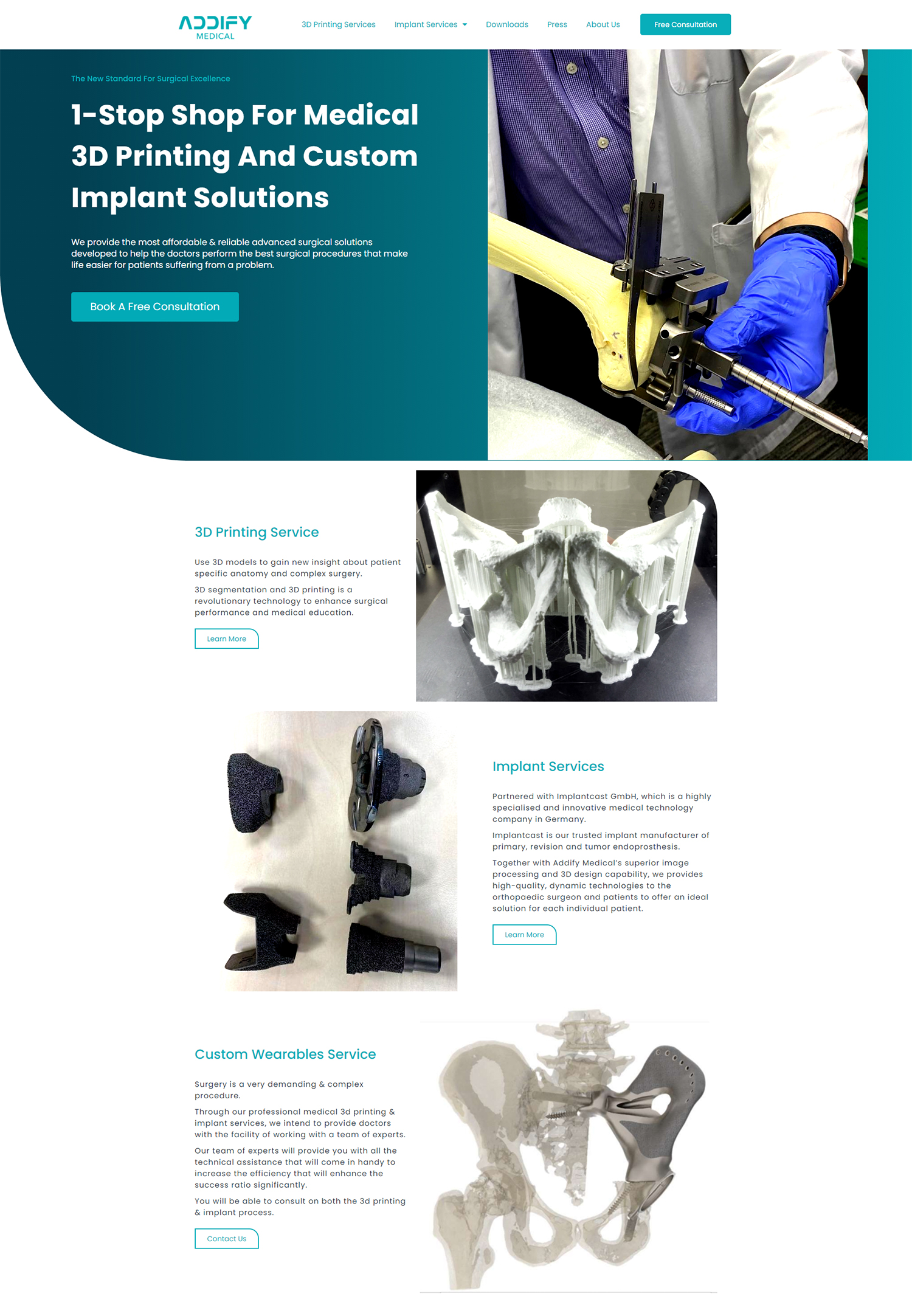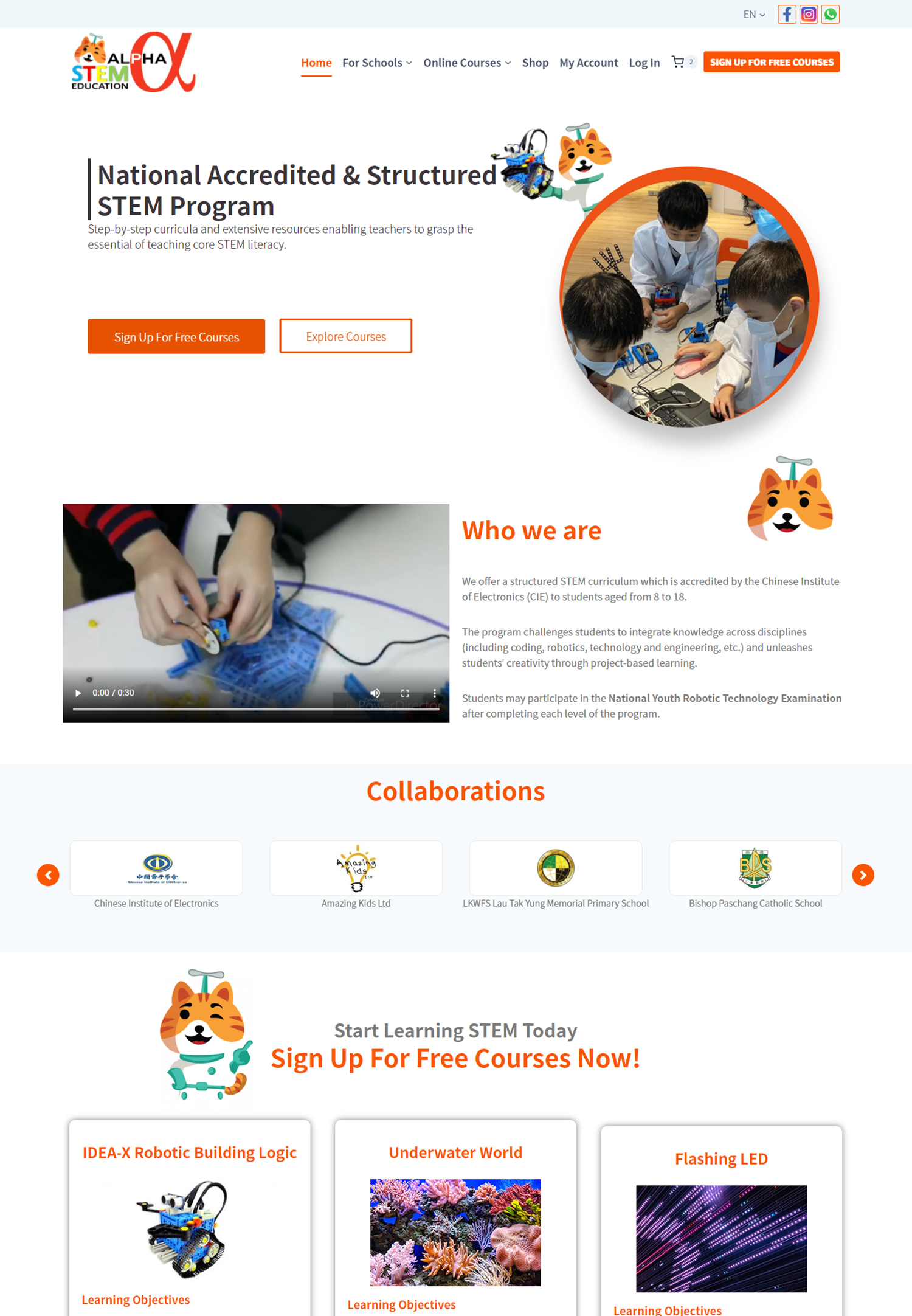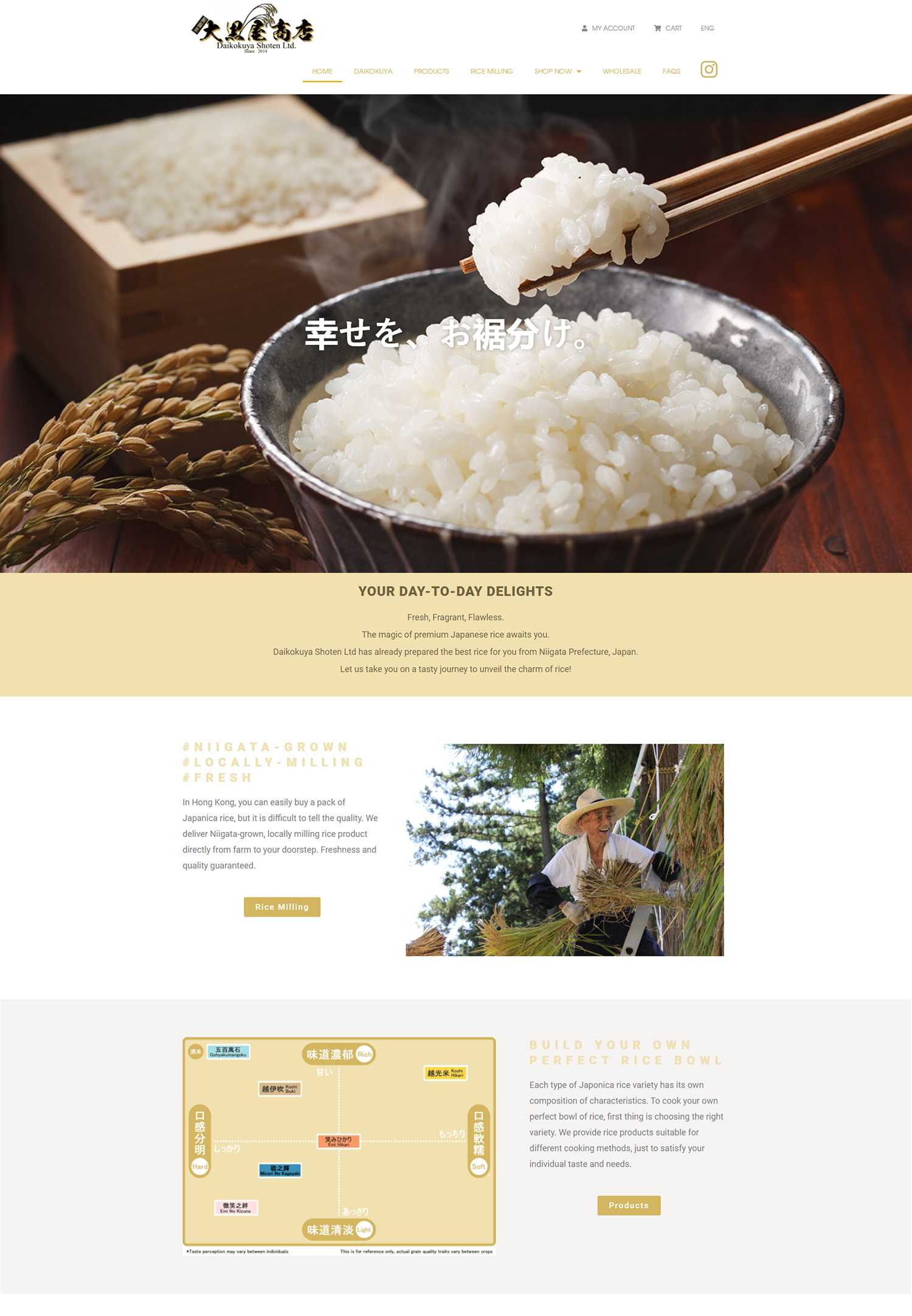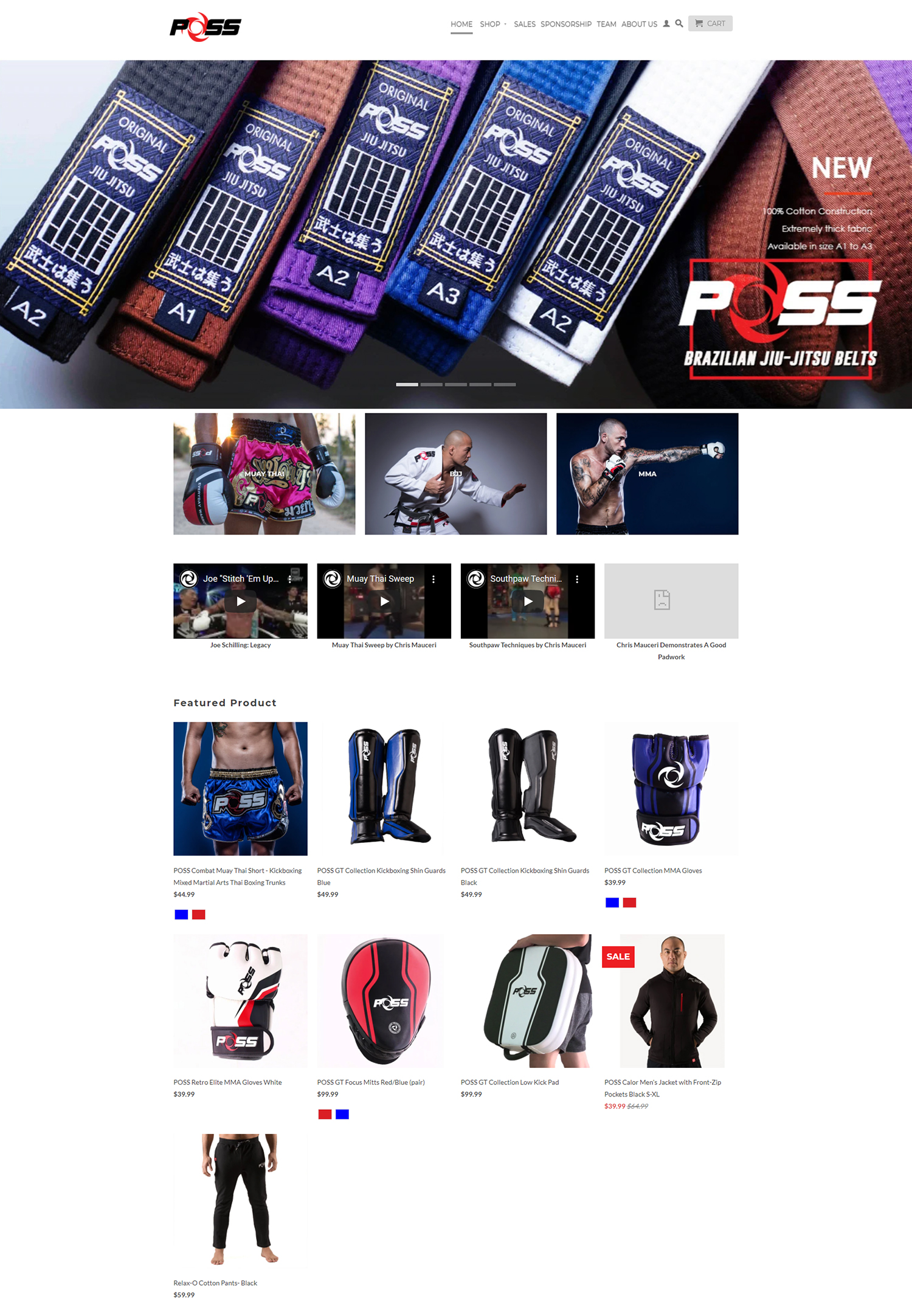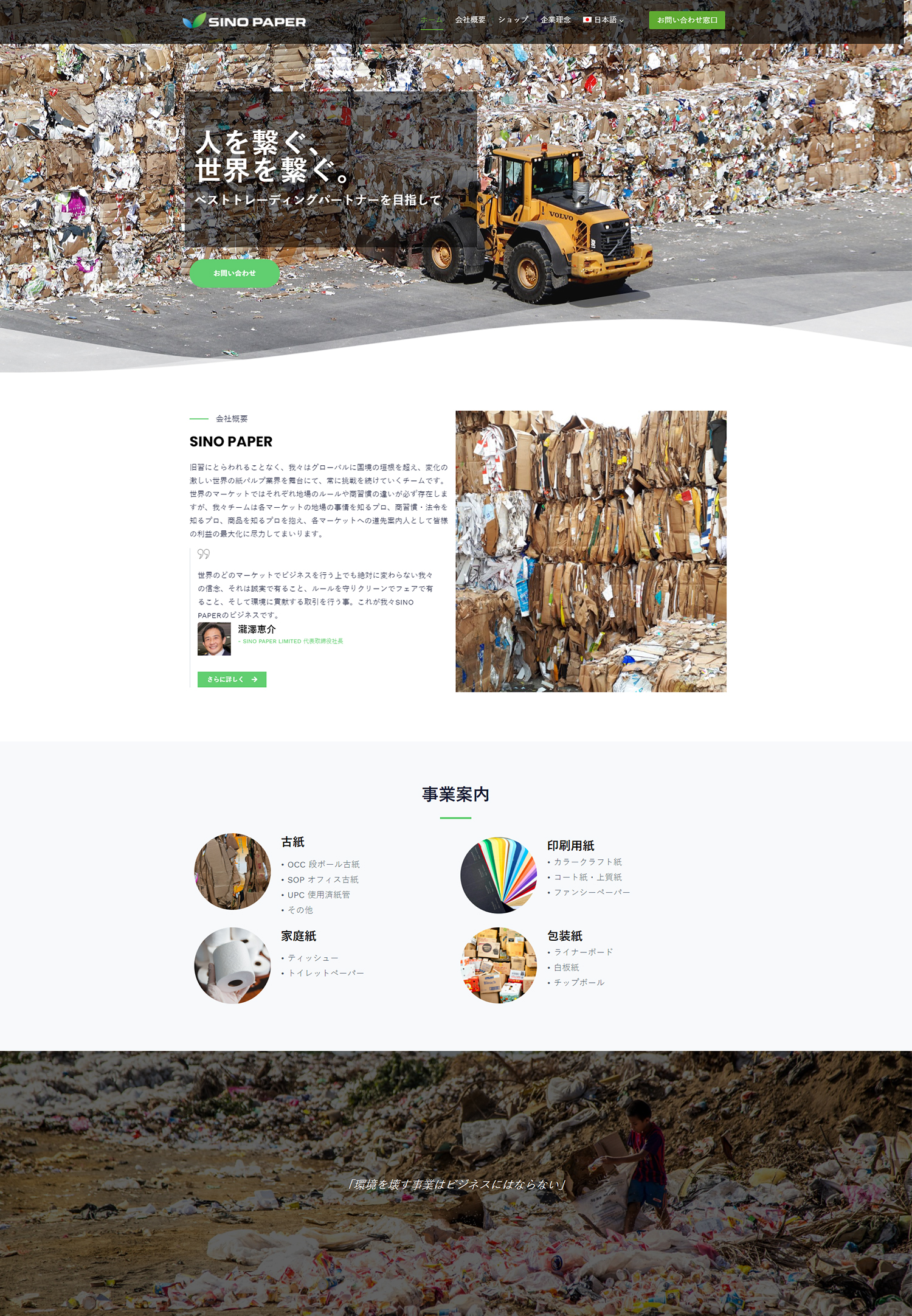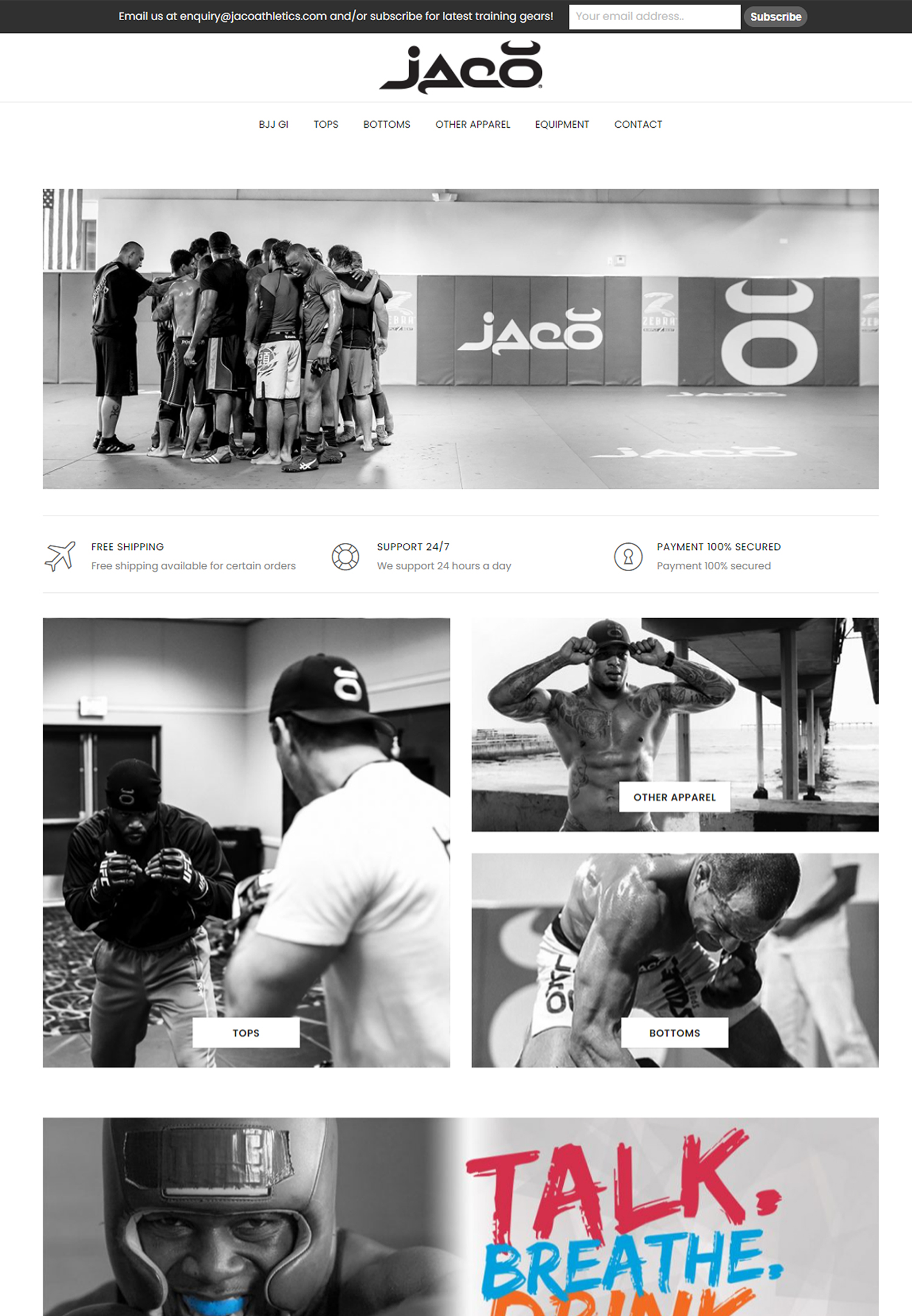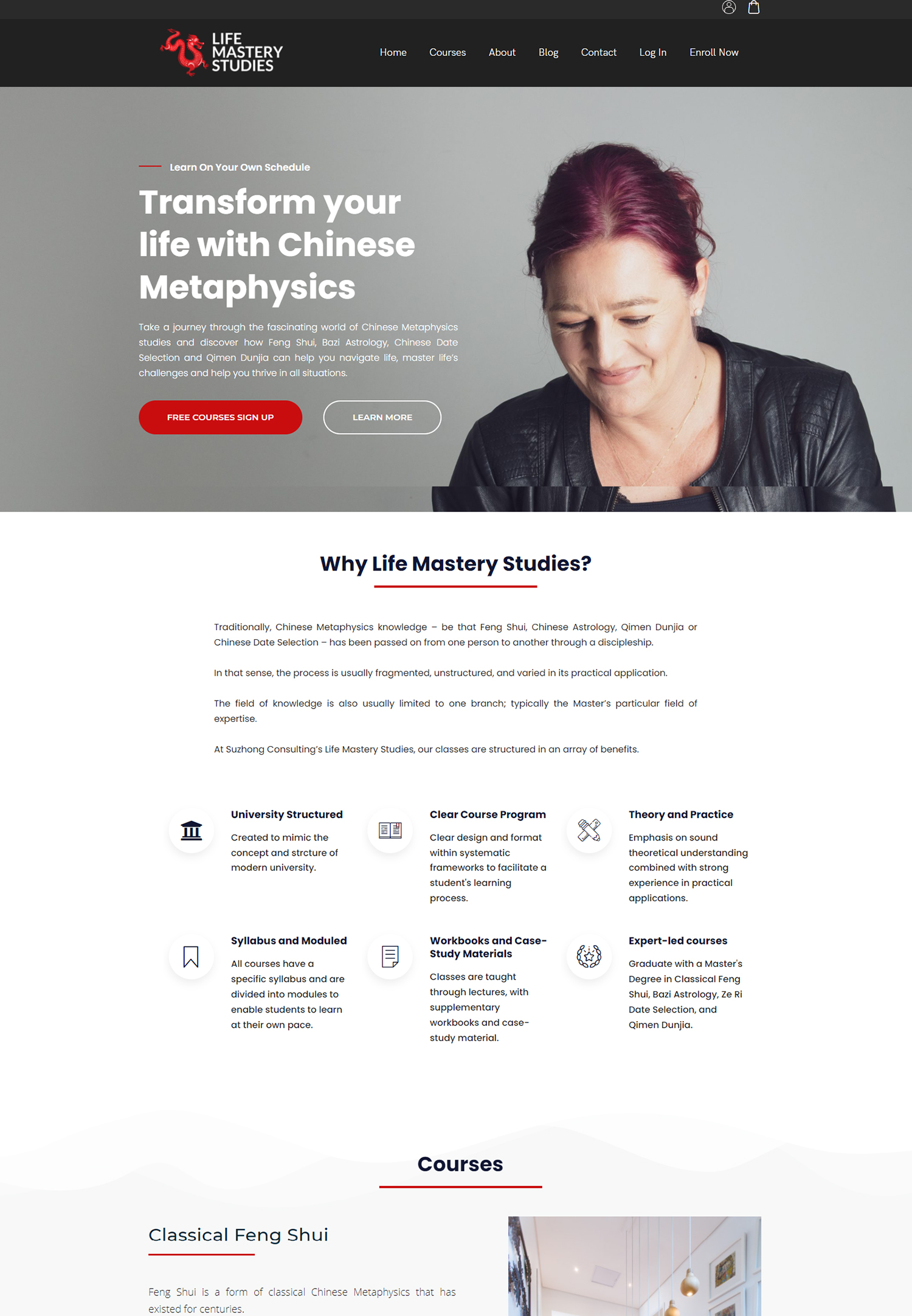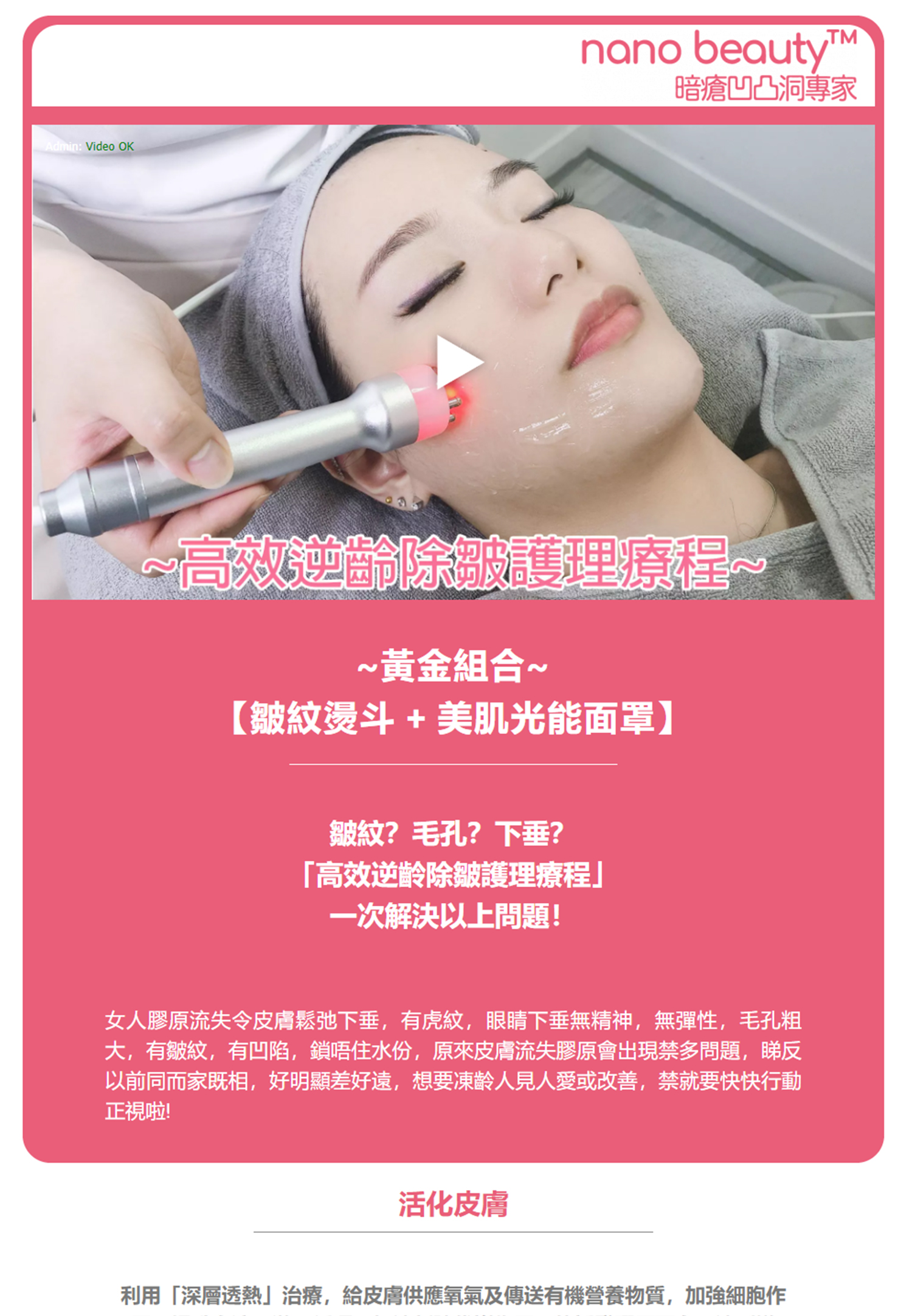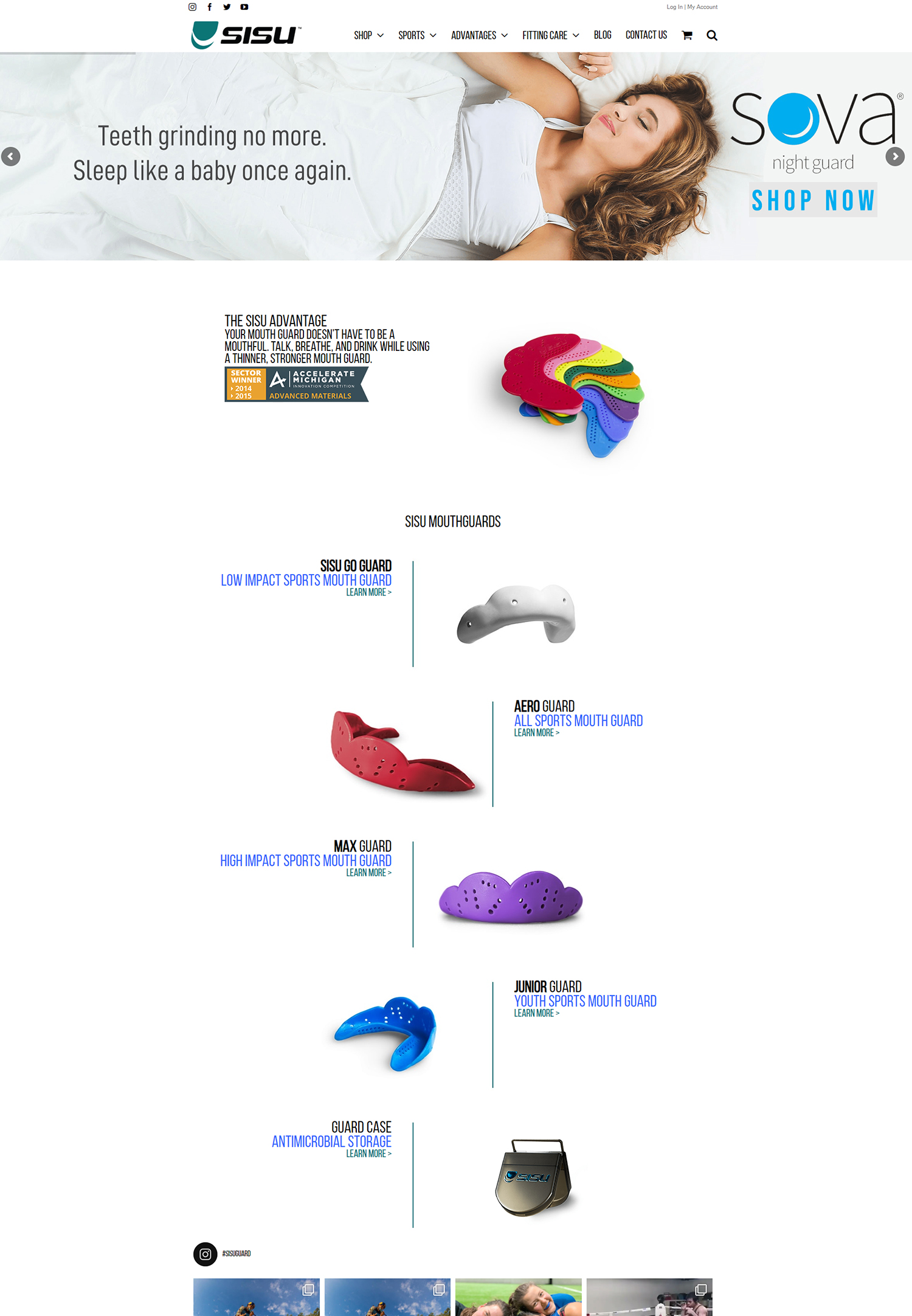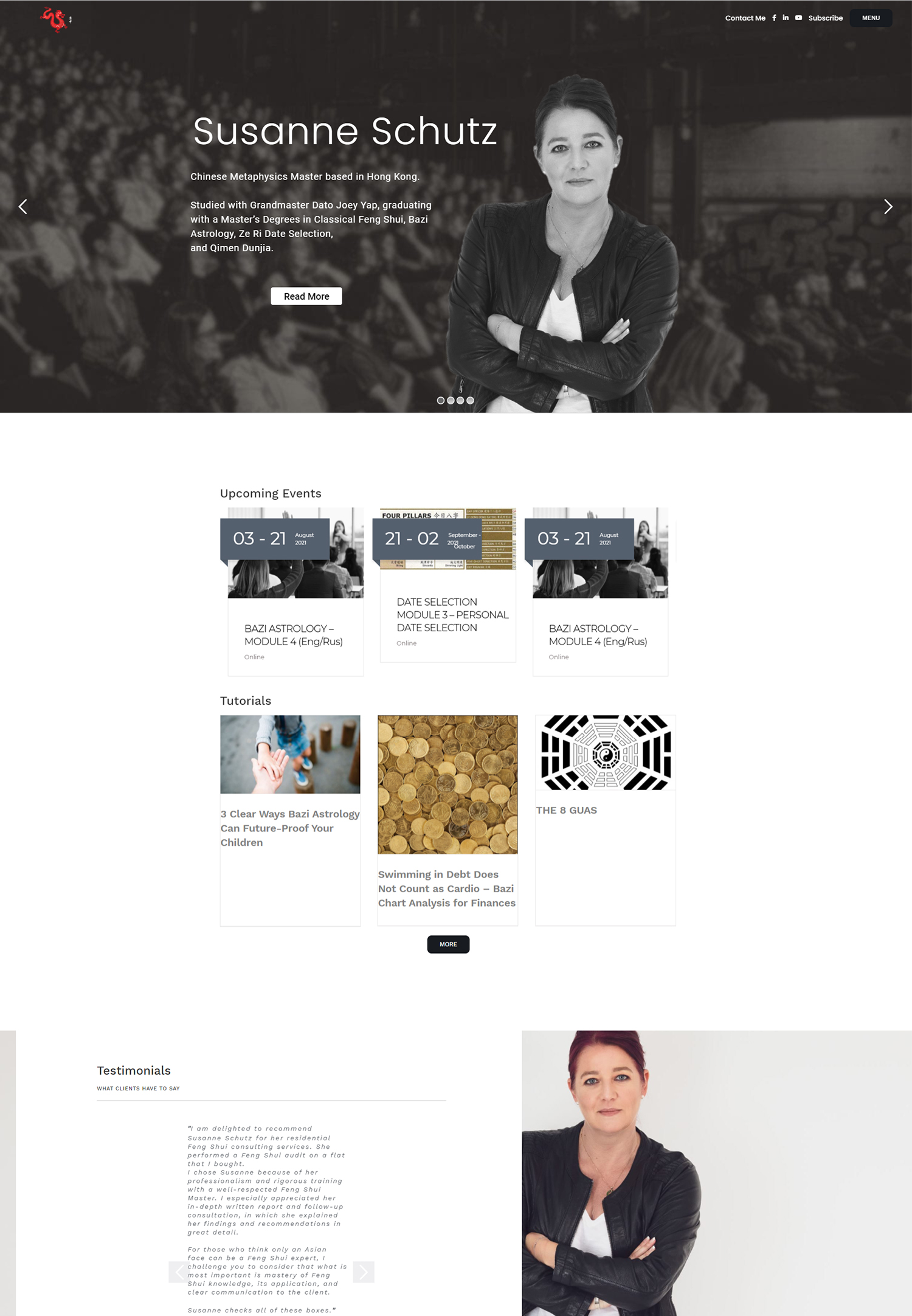User experience (UX) refers to the overall experience that a user has when interacting with a product or service, such as a website or mobile app. Personalization, on the other hand, involves tailoring the experience to meet the specific needs and preferences of individual users. In the field of UX design, personalization plays a crucial role in creating a positive and engaging experience for users. By understanding the importance of personalization in user experience design, businesses can enhance customer satisfaction, increase user engagement, and drive business success.
Understanding the Importance of User Experience
User experience encompasses all aspects of a user’s interaction with a product or service, including its usability, functionality, and overall satisfaction. It is important because it directly impacts how users perceive and interact with a product or service. A positive user experience can lead to increased customer satisfaction, loyalty, and advocacy, while a negative user experience can result in frustration, abandonment, and negative word-of-mouth.
In today’s digital age, where competition is fierce and users have high expectations, businesses cannot afford to overlook the importance of user experience. A well-designed user experience can differentiate a brand from its competitors and create a lasting impression on users. It can also lead to increased customer retention, repeat business, and positive reviews, all of which contribute to business success.
The Benefits of Personalization for User Experience
Personalization involves tailoring the user experience to meet the specific needs and preferences of individual users. It allows businesses to deliver relevant content, recommendations, and offers based on user data and behavior. This level of customization can greatly enhance the user experience by making it more relevant, engaging, and personalized.
For users, personalization offers several benefits. It saves time by presenting them with content that is most relevant to their interests and needs. It also enhances their overall experience by providing personalized recommendations and suggestions that align with their preferences. Personalization can also improve user satisfaction and loyalty, as users feel valued and understood by the brand.
From a business perspective, personalization can lead to increased conversions, sales, and revenue. By delivering personalized content and offers, businesses can better target their audience and increase the likelihood of conversion. Personalization can also improve customer retention and loyalty, as users are more likely to continue engaging with a brand that understands their needs and preferences.
How to Collect User Data for Personalization
To implement personalization effectively, businesses need to collect user data. User data can be collected through various methods, such as user registration, website analytics, surveys, and social media monitoring. The types of user data that can be collected include demographic information, browsing behavior, purchase history, and preferences.
It is important for businesses to prioritize data privacy and security when collecting user data. Users should have control over their personal information and be informed about how it will be used. Businesses should also comply with relevant data protection regulations and implement measures to safeguard user data from unauthorized access or misuse.
The Role of User Testing in Personalization
User testing involves observing and gathering feedback from users as they interact with a product or service. It plays a crucial role in personalization by providing insights into user preferences, needs, and pain points. By conducting user testing, businesses can identify areas for improvement and make informed decisions about personalization strategies.
User testing can be conducted through various methods, such as usability testing, focus groups, surveys, and interviews. It is important to involve a diverse group of users in the testing process to ensure that personalization efforts cater to the needs of different user segments. The feedback gathered from user testing should be analyzed and used to inform the design and implementation of personalization strategies.
Personalization Techniques for Websites and Apps
There are various techniques that businesses can use to personalize the user experience on websites and apps. These techniques include content personalization, recommendation engines, dynamic pricing, and personalized notifications.
Content personalization involves delivering customized content to users based on their preferences and behavior. This can include personalized product recommendations, relevant blog articles, or tailored landing pages. Recommendation engines use algorithms to analyze user data and provide personalized recommendations for products, services, or content. Dynamic pricing involves adjusting prices based on user behavior, such as offering discounts to incentivize purchase. Personalized notifications can be sent to users based on their preferences and behavior, such as abandoned cart reminders or personalized offers.
When implementing personalization techniques, it is important to follow best practices. This includes ensuring that personalization efforts are transparent and give users control over their preferences. It is also important to regularly test and optimize personalization strategies based on user feedback and data analysis.
The Impact of Personalization on User Engagement
User engagement refers to the level of interaction and involvement that users have with a product or service. Personalization can greatly impact user engagement by creating a more relevant and tailored experience for users.
When users are presented with content, recommendations, and offers that align with their interests and needs, they are more likely to engage with the product or service. Personalization can increase the time spent on a website or app, the number of pages visited, and the likelihood of conversion. It can also lead to increased user satisfaction and loyalty, as users feel that their needs are being met by the brand.
Examples of successful personalization strategies for user engagement include personalized product recommendations on e-commerce websites, tailored content suggestions on news websites, and customized workout plans on fitness apps. These strategies have been shown to increase user engagement and drive business success.
Implementing Personalization in E-commerce
Personalization plays a crucial role in e-commerce by enhancing the user experience and driving conversions. By delivering personalized product recommendations, offers, and notifications, e-commerce businesses can increase customer satisfaction, loyalty, and sales.
Successful personalization strategies in e-commerce include personalized product recommendations based on browsing and purchase history, personalized offers and discounts based on user preferences, and personalized abandoned cart reminders. These strategies have been shown to increase conversion rates, average order value, and customer retention.
When implementing personalization in e-commerce, it is important to consider factors such as data privacy, user preferences, and the customer journey. Personalization efforts should be transparent and give users control over their preferences. It is also important to regularly analyze user data and feedback to optimize personalization strategies.
Personalization and Customer Retention
Customer retention refers to the ability of a business to retain its existing customers over time. Personalization can greatly impact customer retention by creating a more personalized and engaging experience for users.
When users feel valued and understood by a brand, they are more likely to continue engaging with that brand. Personalization can enhance customer retention by delivering personalized recommendations, offers, and notifications that align with the preferences and needs of individual users. It can also improve customer satisfaction and loyalty, as users feel that their needs are being met by the brand.
Examples of successful personalization strategies for customer retention include personalized email marketing campaigns, loyalty programs with personalized rewards, and personalized customer support. These strategies have been shown to increase customer retention rates and drive long-term business success.
The Ethics of Personalization in User Experience
While personalization offers many benefits for users and businesses, it is important to consider ethical considerations when implementing personalization strategies. Personalization should be done in a transparent and responsible manner that respects user privacy and preferences.
Ethical personalization practices involve obtaining user consent for data collection and use, providing clear information about how user data will be used, and giving users control over their preferences. It is also important to ensure that personalization efforts do not result in discrimination or exclusion based on sensitive attributes such as race, gender, or religion.
Examples of ethical personalization practices include allowing users to opt-in or opt-out of personalized experiences, providing clear privacy policies and settings, and regularly reviewing and updating personalization strategies to ensure compliance with ethical standards.
The Future of Personalization in User Experience Design
The field of user experience design is constantly evolving, and personalization is expected to play an increasingly important role in the future. Emerging trends in personalization include the use of artificial intelligence and machine learning algorithms to deliver more accurate and relevant personalized experiences.
Predictions for the future of personalization in user experience design include the use of voice assistants and chatbots to deliver personalized interactions, the integration of virtual reality and augmented reality technologies to create immersive personalized experiences, and the use of biometric data to personalize experiences based on individual physiological responses.
To stay up-to-date with personalization trends, businesses should regularly monitor industry developments, conduct user research, and experiment with new technologies and techniques. By staying ahead of the curve, businesses can continue to deliver innovative and personalized experiences that meet the evolving needs and expectations of users.
In conclusion, personalization plays a crucial role in user experience design by tailoring the experience to meet the specific needs and preferences of individual users. By understanding the importance of personalization in user experience design, businesses can enhance customer satisfaction, increase user engagement, and drive business success. By collecting user data, conducting user testing, implementing personalization techniques, and considering ethical considerations, businesses can create personalized experiences that resonate with users and lead to long-term success. It is important for businesses to stay up-to-date with emerging trends in personalization to continue delivering innovative and relevant experiences that meet the evolving needs of users.
If you’re interested in learning more about personalization in user experience, you might find this article on “Conversion Optimization” helpful. It explores strategies to optimize your website’s conversion rates and improve user engagement. Check it out here.
FAQs
What is personalization in user experience?
Personalization in user experience refers to the process of tailoring a user’s experience on a website or application based on their individual preferences, behavior, and characteristics.
Why is personalization important in user experience?
Personalization is important in user experience because it can improve user engagement, satisfaction, and loyalty. By providing users with content and features that are relevant to their interests and needs, they are more likely to continue using the website or application.
What are some examples of personalization in user experience?
Examples of personalization in user experience include personalized recommendations based on past behavior, personalized content based on user preferences, and personalized messaging based on user demographics.
How is personalization achieved in user experience?
Personalization in user experience is achieved through the use of data and algorithms that analyze user behavior, preferences, and characteristics. This data is then used to tailor the user’s experience on the website or application.
What are the benefits of personalization in user experience?
The benefits of personalization in user experience include increased user engagement, satisfaction, and loyalty, as well as improved conversion rates and revenue. Personalization can also help to reduce bounce rates and increase time spent on the website or application.






